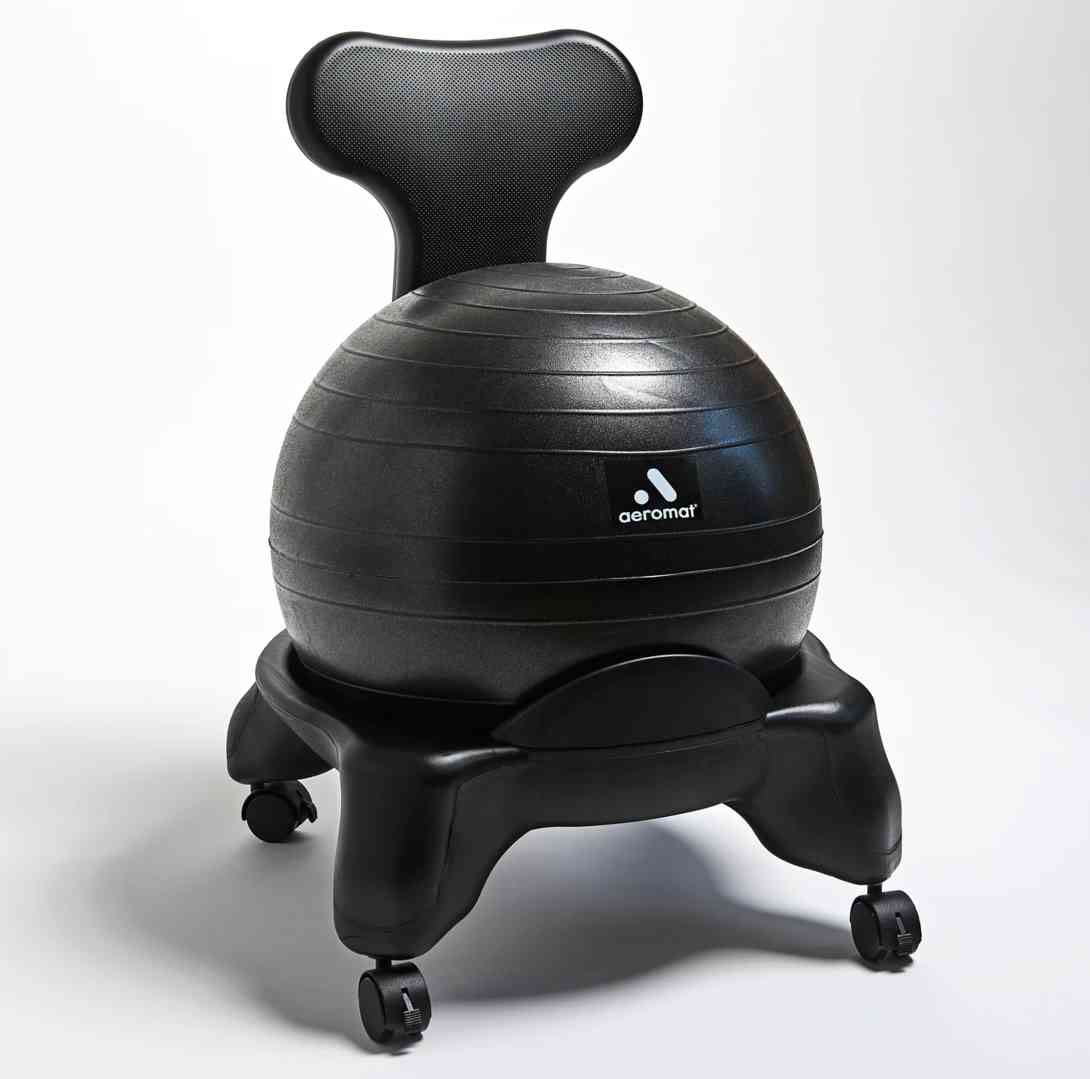When it comes to the world of hunting, choosing the right clothing can make all the difference between a successful outing and a miserable experience. Whether you’re a seasoned hunter or just starting out, having the appropriate hunting clothing is essential for comfort, safety, and ultimately, success in the field. In this comprehensive guide, we’ll delve deep into the world of hunting clothing, exploring the various types, materials, and considerations that will help you make informed choices for your next outdoor adventure.
The Importance of Proper Hunting Clothing
Hunting is a challenging and demanding activity that often takes place in unforgiving environments. Whether you’re stalking game in the dense woods, waiting patiently in a tree stand, or trudging through swamps and marshes, your clothing plays a pivotal role in your overall experience.
Staying Concealed
One of the primary functions of hunting clothing is concealment. Wild animals have keen senses and can detect even the slightest movement or unnatural colors. Proper hunting attire is designed to help you blend seamlessly into your surroundings, whether it’s the earthy tones of a forest or the snowy expanses of a winter landscape.
Weather Protection
Another critical aspect of hunting clothing is weather protection. Mother Nature can be unpredictable, and being exposed to the elements can quickly turn your hunting trip into a miserable ordeal. High-quality hunting gear is designed to keep you warm and dry in cold, wet conditions and cool and ventilated in hot weather.
Safety First
Hunting can be a dangerous sport if not approached with the utmost caution. Many hunting accidents occur due to a lack of visibility. This is why hunters often wear blaze orange or other highly visible colors, especially during firearm seasons, to ensure they’re easily seen by other hunters. Proper clothing can also include features like reinforced knees and elbows for added durability and protection.
Types of Hunting Clothing
Now that we’ve established the importance of hunting clothing, let’s dive into the various types available to hunters:
1. Base Layers
Base layers are your first line of defense against the elements. They are designed to wick moisture away from your skin, keeping you dry and comfortable. Merino wool and synthetic materials are popular choices for base layers, offering excellent moisture-wicking properties and insulation.
2. Insulating Layers
Insulating layers provide warmth by trapping heat close to your body. Materials like fleece and down are commonly used for insulating jackets and vests. These layers are essential for staying comfortable during cold weather hunts.
3. Outer Layers
Your outer layer, or shell, is your protection against wind, rain, and snow. Look for waterproof and windproof materials like Gore-Tex and durable water repellent (DWR) coatings. These layers often include features like adjustable hoods and ventilation zippers.
4. Camo Clothing
Camo clothing is designed to help you blend into your surroundings. Camouflage patterns vary depending on the terrain you’ll be hunting in. Realtree, Mossy Oak, and Sitka are popular camo brands, each offering patterns tailored to different environments.
5. Accessories
Don’t forget about the little things that can make a big difference. Accessories like gloves, hats, and gaiters can enhance your comfort and concealment. Opt for gloves with touchscreen compatibility if you need to use your smartphone while hunting.
Selecting the Right Materials
Choosing the right materials for your hunting clothing is crucial. Here’s a breakdown of some common materials and their advantages:
1. Wool
Wool is a natural fiber known for its warmth, moisture-wicking properties, and odor resistance. Merino wool, in particular, is a favorite among hunters for its softness and versatility.
2. Synthetic Fabrics
Synthetic materials like polyester and nylon are prized for their durability and moisture-wicking abilities. They are often used in base layers and outer shells.
3. Fleece
Fleece is an excellent insulating material that provides warmth without bulk. It’s a favorite choice for mid-layers and jackets.
4. Down
Down insulation is incredibly effective at trapping heat, making it ideal for extremely cold conditions. However, it loses its insulating properties when wet, so it’s essential to keep it dry.
Choosing the Right Fit
The fit of your hunting clothing can significantly impact your comfort and mobility. It’s essential to choose clothing that allows for a full range of motion while maintaining a snug fit to trap heat efficiently. Many hunting clothing brands offer sizing guides to help you find the perfect fit for your body type.
Maintenance and Care
To ensure your hunting clothing serves you well for many seasons, proper maintenance is essential. Always follow the manufacturer’s care instructions, which may include recommendations for washing, drying, and storing your gear. Regularly inspect your clothing for signs of wear and tear, and replace any damaged items promptly.
Conclusion
In conclusion, selecting the right hunting clothing is a critical aspect of ensuring a successful and enjoyable hunting experience. Whether you’re battling the elements or trying to stay concealed from sharp-eyed game, your clothing can make all the difference. Remember to choose clothing that suits your hunting environment, select the right materials, and pay attention to fit and maintenance.
Investing in high-quality hunting clothing is an investment in your safety and success as a hunter. So, gear up properly, stay safe, and enjoy the great outdoors to the fullest.










